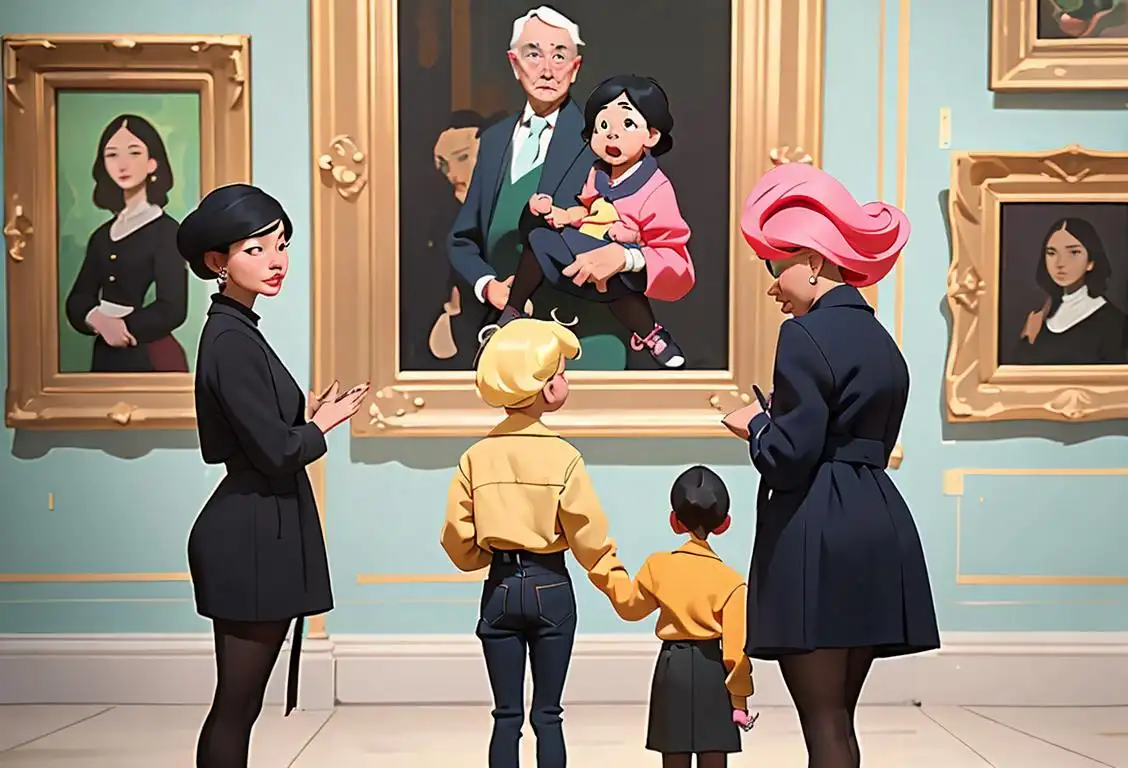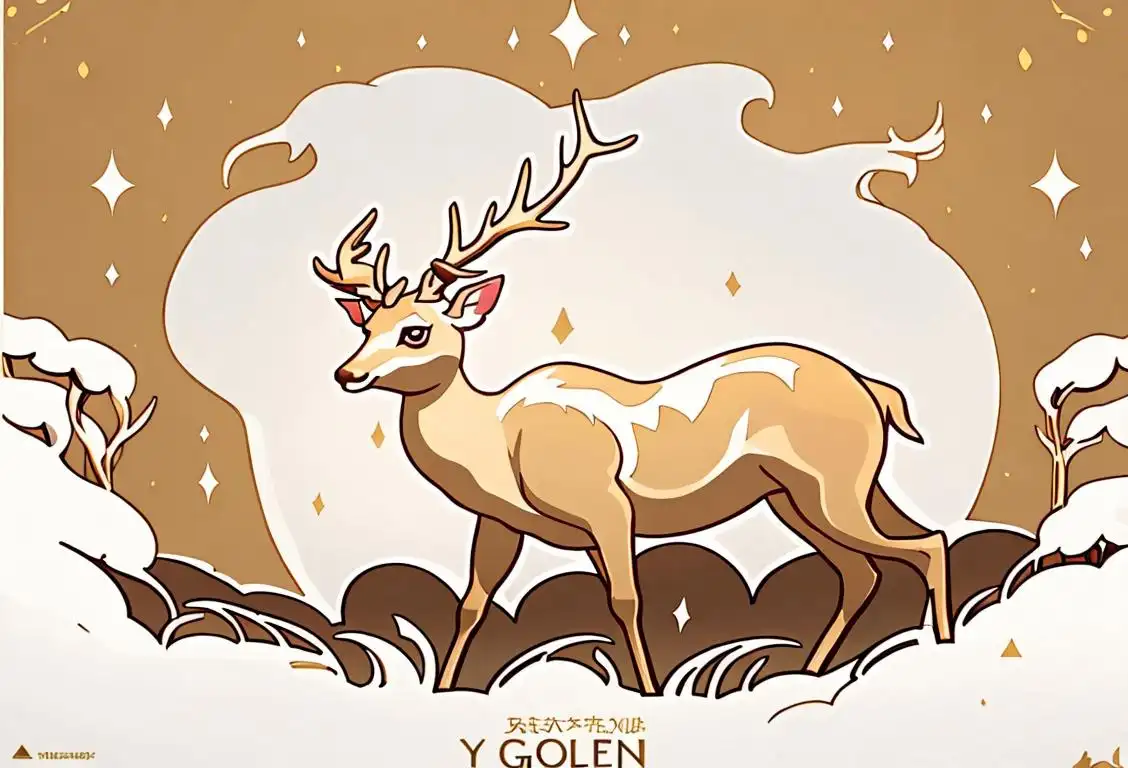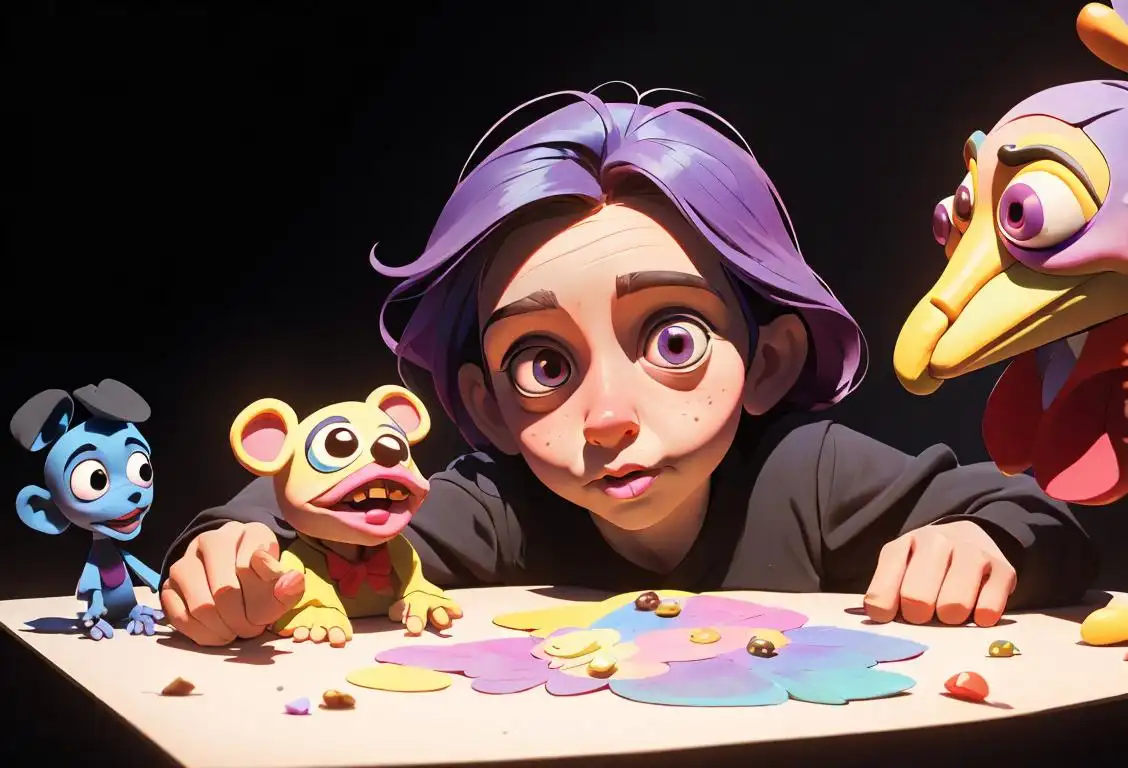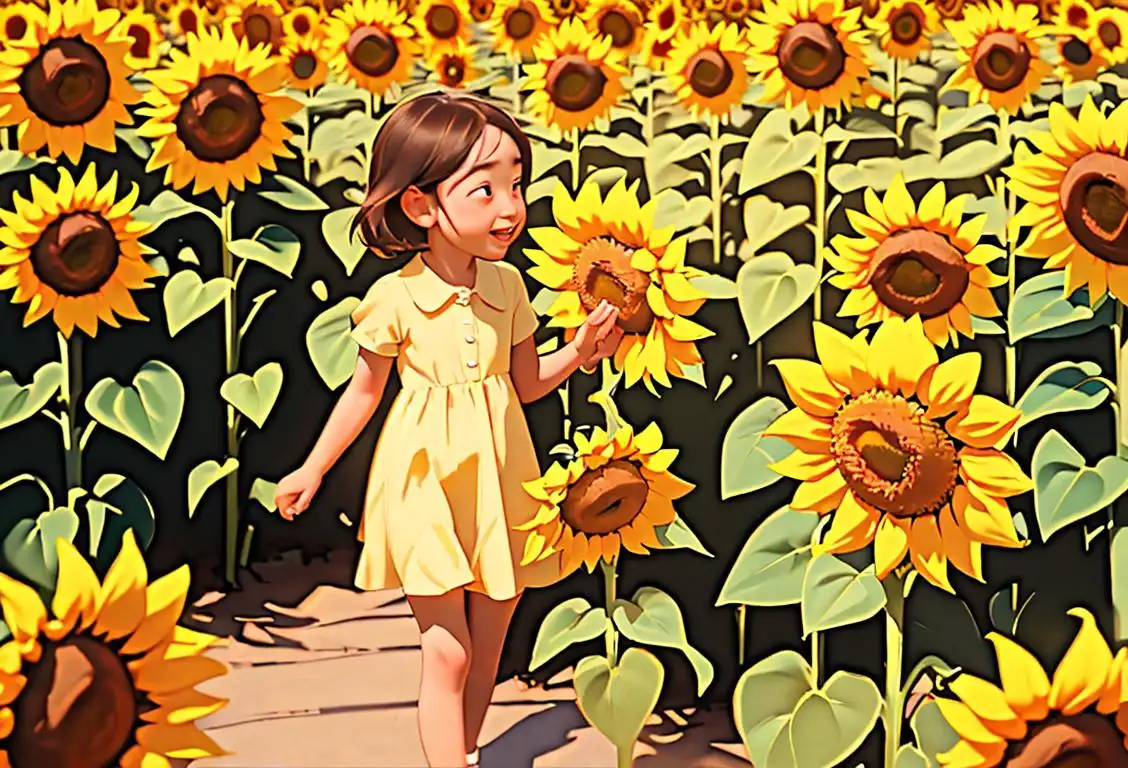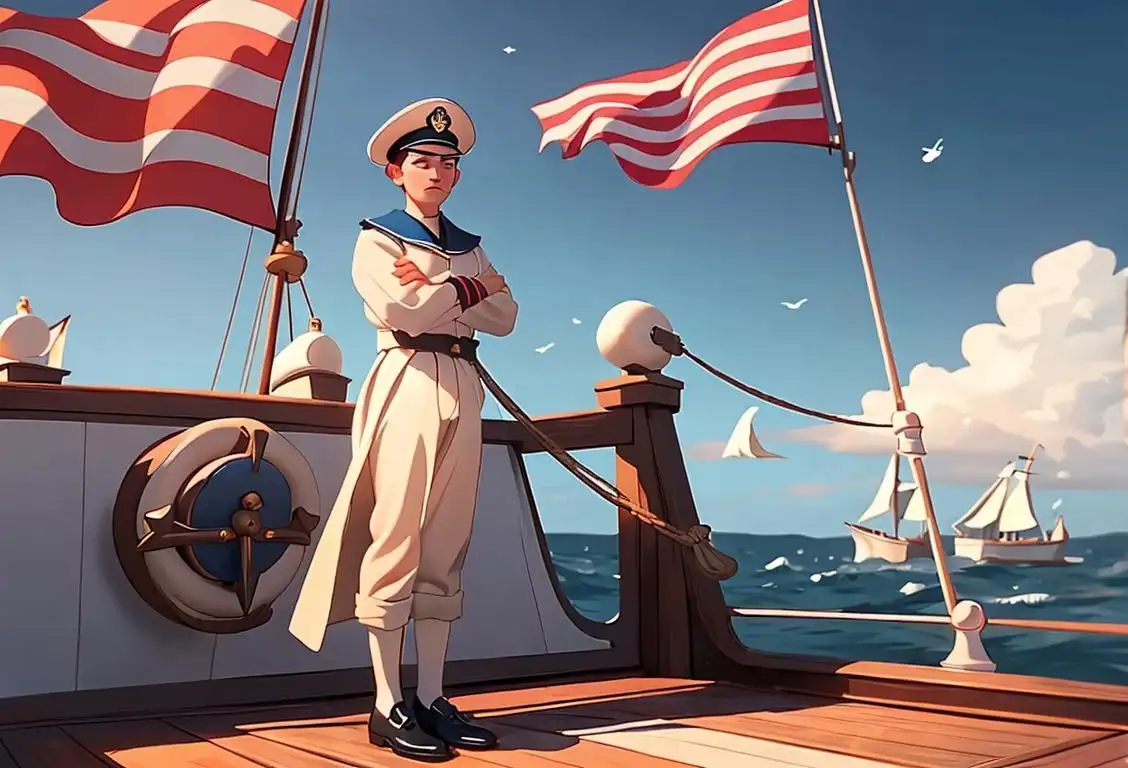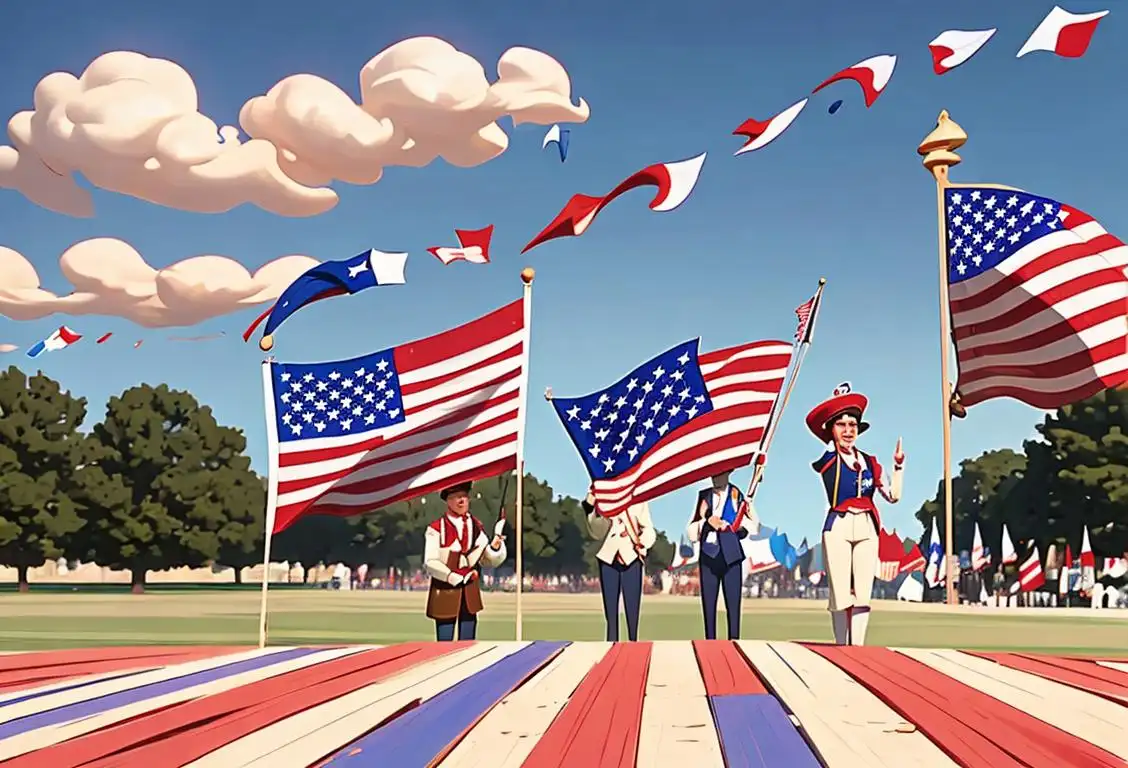National Graffiti Day
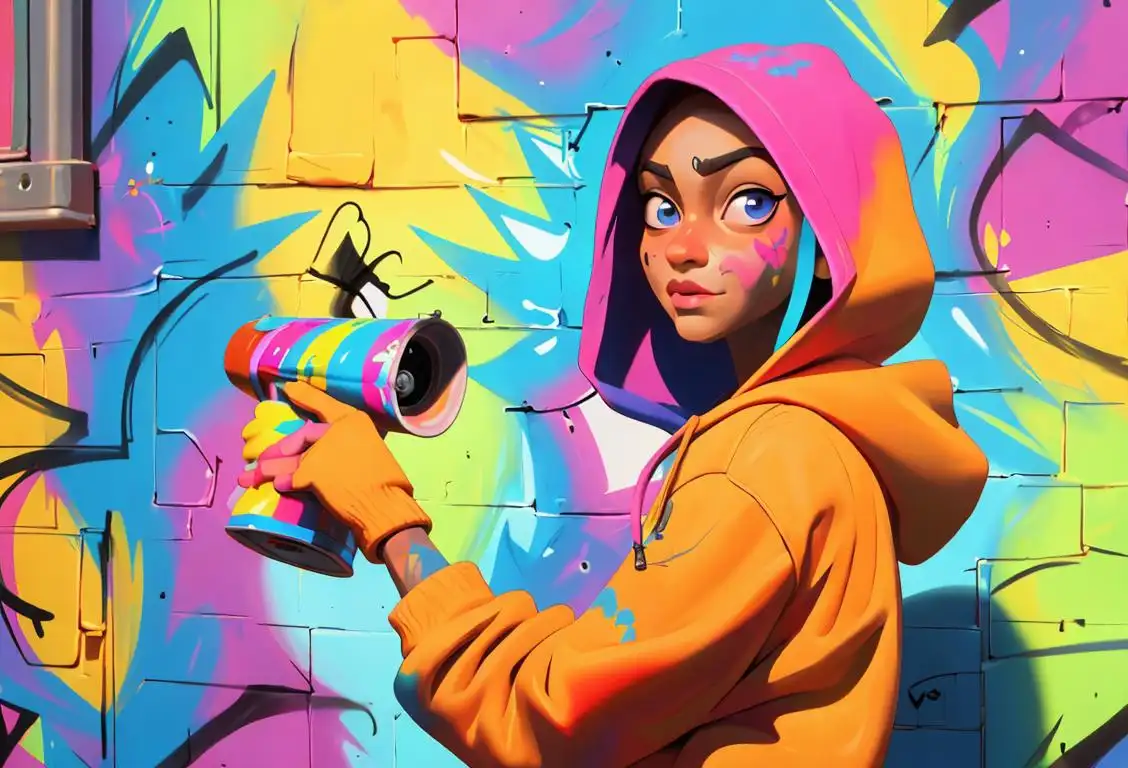
Oh, hello there! Are you ready to dive into the colorful world of graffiti with me? Well, get your spray cans ready because it's National Graffiti Day!
When is Graffiti Day?
It's national graffiti day on the 5th July.
A Brief History of Graffiti
Graffiti has been around for centuries, my friend. Ancient civilizations like the Romans and Egyptians left their marks on walls, temples, and even tombs. Although they didn't have the convenience of spray cans back then, their etchings and drawings served as a form of expression.
But let's fast forward to modern times. Graffiti as we know it today emerged in the late 1960s in Philadelphia and New York City. It was born from the hip-hop movement and quickly became a voice for marginalized communities.
However, graffiti soon faced a lot of legal challenges and negative perceptions. Many saw it as vandalism, while others praised it as street art. The debate continues to this day, stirring up conversations about art, public space, and the power of creativity.
How to Celebrate National Graffiti Day
On this glorious day, there are plenty of ways to celebrate graffiti and all its artistic wonders. Here are a few ideas to get your creative juices flowing:
- 1. Create Your Own Art: Channel your inner Banksy or Lady Pink and let your creativity flow. Grab some paint, canvases, or even find a legal street art space in your community. Express yourself and leave your mark (legally, of course).
- 2. Take a Graffiti Tour: Many cities offer graffiti and street art tours that take you through vibrant neighborhoods filled with stunning murals. Join a tour and immerse yourself in the local street art scene.
- 3. Support Local Artists: Visit art galleries and exhibitions showcasing graffiti and street art. Buy artwork from local artists to support their creative endeavors.
- 4. Learn about the History: Dive deep into the captivating history of graffiti by reading books, watching documentaries, or exploring online resources. Get to know the legends and stories behind this colorful art form.
Did You Know?
Did you know that graffiti artists sometimes use unusual tools to create their masterpieces? Some even employ fire extinguishers filled with paint or attach paint-filled balloons to sticks to create unique effects. Talk about thinking outside the spray can!
History behind the term 'Graffiti'
1851
Origins in Ancient Rome
The term 'graffiti' finds its roots in Ancient Rome, where it originally referred to inscriptions, markings, or drawings found on walls or other public surfaces. These early examples of graffiti were often political or social in nature, serving as a means of expressing ideas or grievances.
Ancient Rome, 1st century AD
Early Origins
Graffiti has its roots in the ancient Roman Empire, where markings, inscriptions, and paintings were found on the walls of Pompeii and other ancient cities. These early examples primarily served as political messages, announcements, and personal expressions. Romans used charcoal and chalk to create these writings.
1940s-1950s
Gang Culture Influence
In the 1940s and 1950s, graffiti began to emerge as a form of self-expression in urban areas, particularly influenced by the gang culture and graffiti writing in cities like Philadelphia and New York. Gang members used graffiti to mark their territory and communicate messages to rival groups.
1960s
Emergence of Modern Graffiti Culture
In the 1960s, graffiti began to take on a new form in urban centers like New York City. Influenced by the rise of hip-hop and urban street culture, young artists started using spray paint to create colorful and intricate designs on subway cars and city walls. This marked the emergence of modern graffiti as a form of artistic expression.
1970s
Tagging and Graffiti Subcultures
During the 1970s, graffiti became synonymous with tagging, a style characterized by quick, stylized signatures or monikers. Tagging, often done with markers or spray paint, allowed individuals to leave their mark on public spaces, showcasing their presence and artistic style. Graffiti subcultures began to form, with artists creating their own distinct tags and gaining recognition within their communities.
1960s
Tagging and Taki 183
During the 1960s, the term 'tagging' was coined to describe the act of signing or marking one's name or nickname on public property. One of the most influential graffiti writers of this era was Taki 183, a teenager from New York City who gained widespread recognition for his extensive tagging across the city.
1970s
Subway Art and the Rise of Graffiti Culture
The 1970s witnessed a significant shift in graffiti culture, particularly with the emergence of subway graffiti in New York City. Artists like T-Kid 170 and Blade gained notoriety for their intricate and vibrant pieces painted on subway trains. This period saw the rise of graffiti as an art form with its own unique style and techniques.
1980s
Graffiti Transitions into Street Art
In the 1980s, as the graffiti movement evolved, artists started to push the boundaries of their work. Graffiti transformed into street art, encompassing a wider range of artistic techniques and subject matters. Murals, stencils, and other forms of expression became increasingly prevalent, contributing to the growing acceptance of graffiti as a legitimate art form.
2000s
Graffiti Goes Global
With the advent of the internet and social media, graffiti gained international exposure and recognition. Artists from different countries and cultures began to share their work online, leading to cross-pollination of styles and ideas. International graffiti festivals and exhibitions further solidified graffiti's place in the contemporary art scene, celebrating its diverse influences and cultural impact.
1980s
Street Art Movement
In the 1980s, the graffiti movement expanded beyond subway cars and began to embrace a broader range of artistic techniques. Artists such as Keith Haring and Jean-Michel Basquiat transitioned from the streets to galleries, bringing graffiti into the mainstream art world. This decade marked a pivotal moment for graffiti, as it started gaining recognition as a legitimate art form.
1990s-Present
Global Influence and Legitimacy
From the 1990s onwards, graffiti has become a global phenomenon, with artists from all over the world contributing to its evolution. Graffiti festivals and street art exhibitions showcase the diversity and creativity of this art form. Additionally, the rise of stencil-based graffiti and the mainstream success of artists like Banksy have further solidified the legitimacy of graffiti as an art movement.
Digital Age
Online Graffiti Communities
With the advent of the internet and social media platforms, graffiti has found a new digital dimension. Artists can now share their creations with a global audience and connect with other graffiti enthusiasts through online communities. Digital tools and virtual reality have also allowed artists to experiment with new forms of graffiti expression.
Future
Continued Evolution
As graffiti continues to evolve, it has the potential to transcend traditional boundaries and merge with other art forms. The future of graffiti remains exciting and unpredictable, as artists push the boundaries of creativity and challenge societal norms through their visual expressions.
Did you know?
Did you know that graffiti artists sometimes use unusual tools to create their masterpieces? Some even employ fire extinguishers filled with paint or attach paint-filled balloons to sticks to create unique effects. Talk about thinking outside the spray can!Tagged
fun history artFirst identified
5th July 2016Most mentioned on
5th July 2016Total mentions
4Other days
Museum Selfie Day
Gallery Over The Next Couple Of Day
Golden Deer Propaganda Day
Puppetry Day
Sunflower Day
Graffiti Day
Teacher Appreciation Day
Liberation Day
Maritime Day
Flag Day

